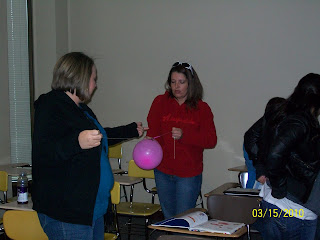


Some liquids may be harmful to plants; therefore, this study should help enlighten us on whether or not vinegar and Sunny-D will harm bean seeds when compared to only using water.
Will vinegar and Sunny-D have detrimental effects on bean seed growth?
Hypothesis:
I believe that vinegar and Sunny-D will prevent seed growth, unlike water.
The materials required:

1.) 3 pots or paper cups
2.) Potting soil
3.) bean seeds (at least 3)
4.) Bottle of vinegar
5.) Bottle of Sunny-D
6.) Water
7.) Measuring spoons
Click here for step-by-step directions (Method) ~~~~~~~~~~~~~~~~~~~~~~~~~~~~~~~~~~~~~~~~~
I planted 2 different types of bean seeds one in each of the 3 pots on April 5; each pot received 2 tablespoons of liquid a day. As of April 25, none of the bean seeds in any of the pots had come through the soil so I decided to dig them up to see what had happened. The pictures above show my results; each picture shows what the beans looked like before & after the experiment.
Water:
One of the beans in the "water pot" had sprouted & the second bean had cracked on the side & looked as though it was about to sprout.
Sunny-D:
One of the beans in the "Sunny-D pot" had swelled & turned black around the edges; it looked like it was trying to rot. The second bean had changed colors & swelled a little too. The pot always looked wet even when it hadn't been watered since the day before & the soil started to smell horrible!
Vinegar:
Both of the beans in the "vinegar pot" were wrinkly and somewhat soggy, unlike the others.
Conclusion:
Water promoted more growth than vinegar or Sunny-D. In fact, vinegar and Sunny-D seemed to have harmful effects on the beans. I believe that the Sunny-D was harmful to the beans because it contains citric acid, malic acid, and ascorbic acid. I also think that vinegar harmed the beans because it's acidic too.
Which soil is the richest? By:Sarah Young
References:
Mad Science


















.jpg)